What Is a Construction Contract?
In simple terms, construction contracts are legally binding agreements that explain the work that a general contractor will perform and the payment that a project owner will make. These contracts play a key role in construction management.
However, construction projects vary greatly in terms of complexity and size, so there’s not a one-size-fits-all approach when it comes to construction contracts. That’s why several types of construction contracts have been developed, such as lump sum, cost-plus, time & materials (TM) and unit pricing contracts.
Whichever contract type you use, ProjectManager is project management software that can help you manage your construction projects. ProjectManager’s online Gantt charts help you build detailed construction plans with costs, resource hours and dependencies, which is ideal for construction firms or contractors who have multiple contracts with owners and subcontractors alike.
Make a detailed WBS on the left side of the Gantt chart to break your project into phases and milestones, then execute tasks with your team using more project views: list, kanban, sheet or calendar. There’s even a mobile app and a built-in timesheet function so it’s easy for field teams to update tasks and hours. Get started today for free.
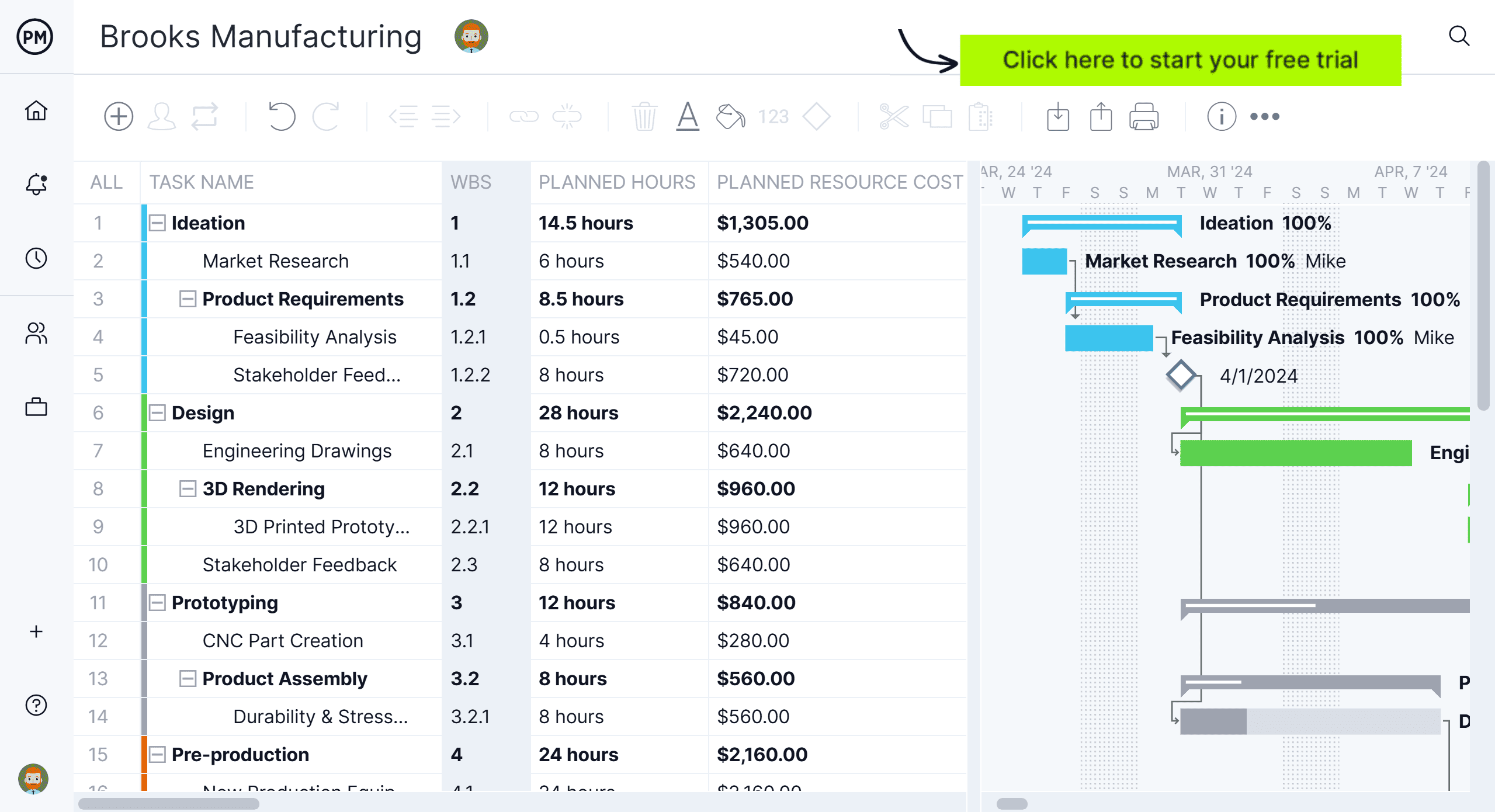
Why Are Construction Contracts Necessary?
Construction contracts protect both parties in the agreement. These construction administration documents detail what work will be completed, when it’ll be completed and how much it’ll cost. They also outline methods of communication and how disputes will be handled if they arise.
By including information about communication and changes, construction contracts streamline the decision-making process. Ideally, project risks have been anticipated and the contract outlines how best to proceed. A construction contract is, first and foremost, an agreement, but it serves as a roadmap of sorts as well.
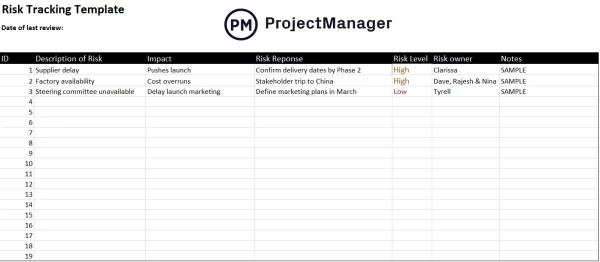
Who Is Involved in Construction Contracts?
Construction contracts involve two parties; owners and contractors. Owners need a job outsourced and the contractor executes the job. The two parties work together to draw up a contract and agree on the terms of completion and payment.
Owners contract builders when they need to execute a specialized job they cannot perform on their own. They may also contract builders when the scale of the project is too large for them alone. Construction projects, in particular, often require owners to hire several different contractors. In this case, thorough construction contracts are crucial to successful project management.
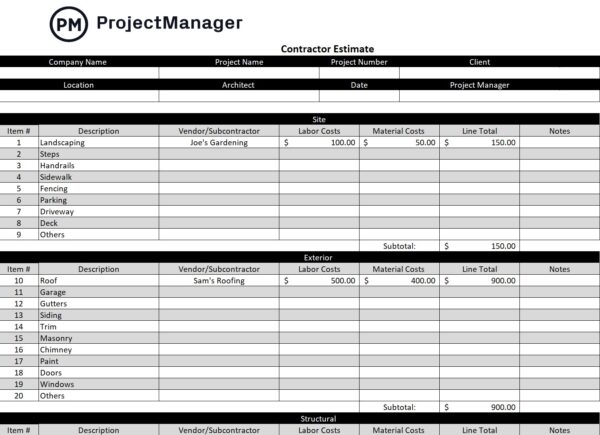
Types of Construction Contracts
Because construction projects take many forms, different projects require contracts with different characteristics. All types of construction contracts define a timeline, budget, quality requirements and other aspects that need to be defined in every construction project. The two main differences between these types of construction contracts are how the disbursement will be made and the risks and rewards that each party assumes.
Before creating a construction contract, it’s important to know the type of contract that best suits your needs.
1. Lump-Sum Contract
A lump-sum contract (also called a fixed price contract) names a total price for the entire job. This price accounts for all time and materials regardless of changes or issues. This type of contract protects owners against unforeseen changes and setbacks.
Lump-sum contracts can seem as though they favor the owner over the contractor, but there are ways to balance the scales. Many contractors charge an additional percentage for signing lump sum contracts, as they’ll be taking a higher risk. Additionally, incentive programs are often put in place by owners to reward jobs being completed early.
2. Cost-Plus Contract
Cost-plus contracts are made of two parts: a predetermined fee and accumulated costs. This fee is the agreed price owners will pay contractors. It can be a dollar amount, a percentage of the total project cost or another form of payment. The defining characteristic of a cost-plus contract is it reports expenses as they occur rather than deducting costs from a set budget.
A cost-plus contract is used when construction project expenses are uncertain. While this can seem like a liability, cost-plus contracts often include incentives for coming in under budget and set caps on expenditures. This avoids conflict and ensures contractors are paid a fair overhead.
3. Time and Materials Contract
Time and materials contracts are a fitting choice when the scope of a project is completely unknown. In this case, contractors charge an hourly rate for labor and for materials as needed. Because this leaves uncertainty, these contracts must be specific and prepare for almost anything. An owner should include incentives for construction projects completed ahead of schedule and/or under budget.
A time and materials contract is a good choice for small projects as they require close supervision. For example, all costs must be carefully monitored and classified to document them and ensure contracts are followed. As you can imagine, this becomes increasingly difficult the larger the project. The advantage of choosing a time and materials contract is it protects owners from overpaying contractors.
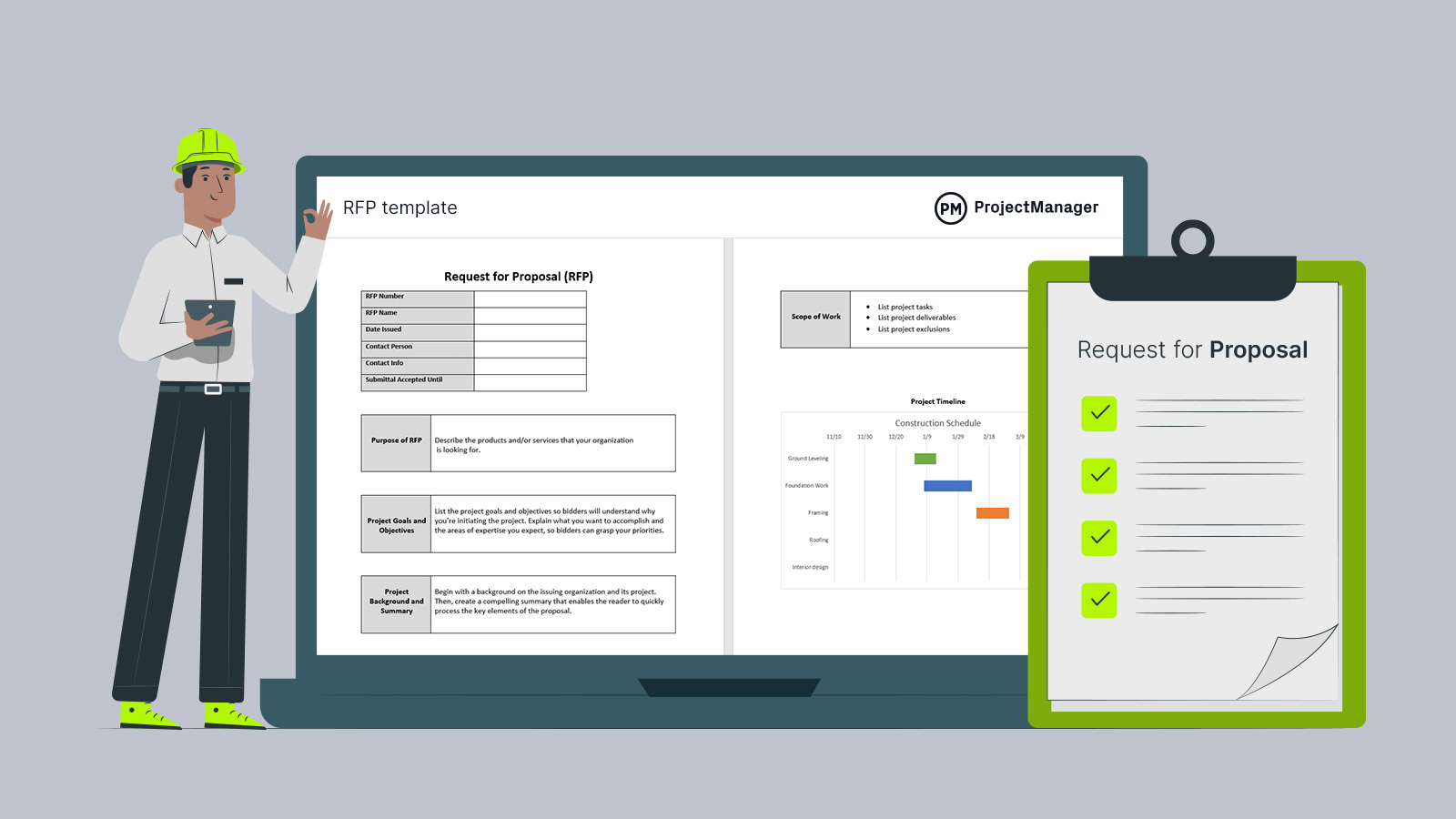
Get your free
RFP Template
Use this free RFP Template for Word to manage your projects better.
4. Unit Price Contract
A unit pricing contract is used when an owner wishes to buy a large quantity of a certain product. Each product is a unit and costs a set price. These items can also often be charged in bulk quantities for a reduced price.
Unit pricing contracts are advantageous when an owner knows exactly how much of a specific product they need, such as when a bill of quantities has been drafted or a material takeoff has been done. Using this type of contract and buying all the units at once is also a good way to protect against potential future inflation of material prices. By buying all of the items at once, owners generally pay less than they would in the future and don’t have to worry about drawing up future contracts.

5. Design-Build Contract
In most cases, project owners receive completed designs during the construction bidding process. However, in a design-build contract, the design and construction are done simultaneously and handled with one contract, as opposed to traditional construction contracting methods.
This type of construction contract allows for increased communication between the designer and the construction team and speeds up the bidding and construction process.
6. Guaranteed Maximum Price (GMP) Contract
A guaranteed maximum price (GMP) contract defines the maximum price that a project owner has to pay for a project. If the construction costs exceed said guaranteed maximum price, the general contractor will cover the additional expenses.
For that reason, this contract type requires that general contractors create the most accurate construction estimate possible. It might sound risky, but it doesn’t have to be. General contractors can easily create estimates using construction estimating software like ProjectManager or hire a specialized construction estimator to create realistic and profitable estimates.

7. Incentive Construction Contracts
Under an incentive construction contract, the project owner and contractor agree on an extra payment fee that’s given to the contractor depending on whether the project is delivered on time and under budget.

If the contractor misses the timeline or exceeds the budget, they still need to complete the project and meet the owner’s requirements even without earning the extra payment fee.
8. Integrated Project Delivery Contract
This type of contract is mostly used for large, complex projects. Similar to the design-build contract, it uses a single contract for design and construction, but it also involves a multi-party agreement between the owner, builder and designer where they share risks, agree on costs, set waivers and follow lean principles.
The main purpose of this construction contract is to provide a detailed framework that spreads the risks and rewards evenly among the parties. For example, an IPD construction contract involves a lump sum profit that’s divided among the owner, designer and builder if the project achieves financial results.

9. Subcontractor Agreement
This legally binding contract is between a general contractor and a subcontractor. It outlines the terms and conditions under which the subcontractor will perform specific tasks or provide certain services as part of a larger construction project.
Some key components of a subcontractor agreement include the scope of work that the subcontractor is expected to perform. Payment terms are also defined, such as how and when the subcontractor will be compensated. There’s a timeline that includes deadlines for the work and any milestones that must be met. Responsibilities are outlined. Insurance coverage and liability project for both parties is also defined.
10. Turnkey Contract
This agreement is where the contractor agrees to deliver a completed project that’s ready for immediate use by the owner. The contractor will take full responsibility for both the project’s design and construction. This type of construction contract is usually found in commercial projects, infrastructure development and large-scale facilities.
There is a single point of responsibility, meaning the contractor manages the entire project, and the contract is typically based on a fixed price. A defined project scope details what the contractor is responsible for delivering and the agreement will also specify a timeline for completion.
11. Build-Operate-Transfer (BOT) Contract
This project financing and delivery model is commonly used in large infrastructure projects where a private entity or contractor is responsible for the design, construction and operation of a facility for a specified period before transferring ownership to the government or public authority. This contract is popular in sectors like transportation, energy and public utilities.
Risks associated with construction, operation and maintenance are primarily borne by the private contractor, while the public authority retains ownership after the transfer. It establishes a long-term partnership between the public and private sectors, which facilitates investment in infrastructure. As financing is on the private entity, these arrangements help alleviate the immediate financial burden on public budgets.
12. Public-Private Partnership (PPP) Contract
As the name suggests, this contract is a collaborative agreement between a government entity and a private sector company. This model is used to finance, design and operate public infrastructure projects, leveraging the strengths of both sectors. It can be found in construction projects ranging from transportation, water supply and sanitation, energy generation and distribution and healthcare facilities to education instructions.
Both parties share risks and rewards associated with the project. The private sector usually does the design, construction and operation, while the public sector provides oversight and regulatory support. The contracts tend to span several years, sometimes decades, allowing for the private partner to recover their investment and earn a profit through service fees or tolls.
13. Engineering, Procurement and Construction (EPC) Contract
Widely used project delivery method in construction, particularly for large infrastructure and industrial projects, involves a single contractor, known as the EPC contractor. They take on the responsibility for engineering, procurement and construction of a project from start to finish. This is popular due to streamlining the process, reducing complexity and fixed pricing that provides budget certainty.
This type of construction contract can be found in projects for sectors such as energy (power plants, renewable energy projects), oil and gas (refineries, pipelines), water treatment facilities and infrastructure (roads, bridges). This contract is designed to enhance efficiency and accountability, making it a popular choice for these larger projects.
14. Open-Book Contract
In this type of construction contract, the contractor provides full transparency regarding the costs and expenses associated with a project. This structure allows the owner to review the contractor’s financial records, invoices and other relevant documents related to the project. This collaborative approach fosters a relationship that can lead to better decision-making.
It creates trust and accountability between the parties and flexibility about changes based on real-time cost data. By monitoring costs closely, owners can identify areas for savings or efficiencies. However, the need for detailed documentation and regular reporting can create an administrative burden. There is also potential for disputes if the contractor’s expenses are perceived as excessive or unjustified.
What Should Be Included In a Construction Contract?
While each type of construction contract works differently, they still share some elements needed for any construction project.
- Contract Sum: Any construction contract should indicate the contract sum, which is the total value that the project owner will pay the contractor for the execution of work. The contract sum should cover all the project costs and expenses plus the contractor’s profit margin.
- Retainage: The project owner and contractor must agree on a retainage rate, which is a percentage of the payment that the project owner withholds until the contractor completes the duties outlined in the contract.
- Scope of Work: The scope of work is a document that describes all the tasks and deliverables of a project. In simple terms, it defines what will and won’t be done in a construction project, which is important for estimating costs and making a budget. Our scope of work template is a helpful tool that helps you define the tasks and deliverables that make up the scope of your project.
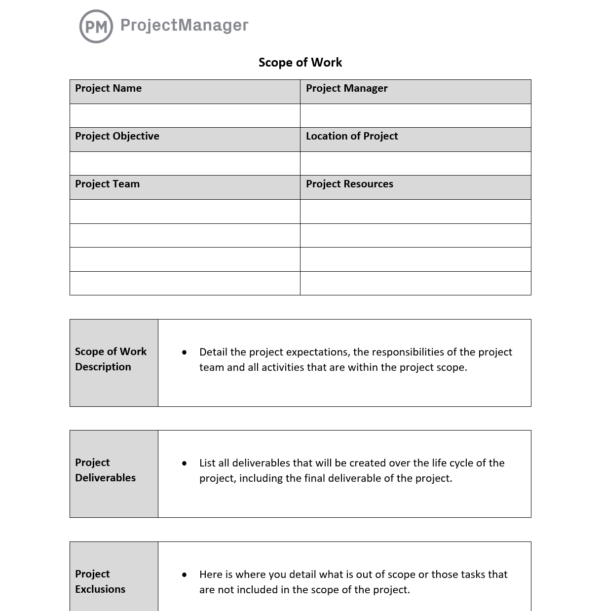
- Responsibilities of Owner and Contractor: A construction contract should outline responsibilities for both parties. For example, by signing a contract, the contractor assumes responsibility for completing the scope of work while the owner agrees to pay for that work. If either party fails to meet such obligations, the contract might be terminated.
- Payment Terms: Construction contracts must define how payment will be made to the contractor. There are several construction project management documents and tools you can use for payroll management such as timesheets, schedules of values or payment schedules.
- Change Management: Changes might be risky for your project, but they don’t have to be if you establish a change management process and use tools and documents like change requests, change orders and change logs.
- Construction Specifications: Construction specifications are the detailed description of the materials, workmanship, tools and quality standards that the project owner and contractor agree upon.
- Construction Timeline & Contract Duration: The contract should specify due dates for the completion of construction deliverables and the duration of the contract. You can use our Gantt chart template for Excel, Word or PowerPoint to create a project timeline you can attach to your construction documents.
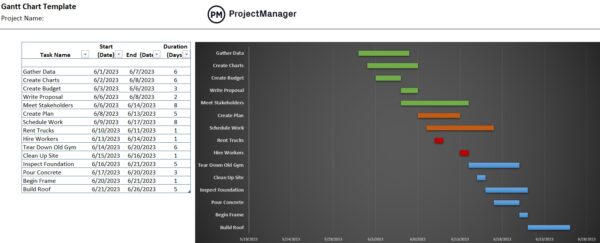
- Terms and Conditions: Contracts contain terms and conditions such as indemnification clauses whenever the contractor fails to meet the quality standards or omits part of the scope of work due to negligence.
- Regulatory Compliance: Most contracts require the contractor to meet local requirements, building codes and other regulations.
- Warranty: Some contracts require the contractor to offer a warranty, which requires them to fix and repair any issues and defects that arise within a defined period.
- Construction Drawings: Some construction contracts involve the creation of construction documents such as construction schedules, blueprints, drawings, estimates and more.
Request for Proposal (RFP) Template
This free request for proposal template allows you to list all the information you’d like to get from the construction contractors who will send project proposals to bid on your construction project. A detailed RFP helps you avoid any misunderstandings with construction contractors by clearly defining the project scope, timeline, budget, selection criteria and more.

We offer a variety of free construction project management templates for Excel you can use to manage all aspects of your project.
Construction Contracts Best Practices
No matter what type of construction project you’re planning, these best practices ensure your contract is a clear, detailed arrangement.
Include Incentives
One of the best ways to set a construction project up for success is by creating incentives. Incentives are useful when the scope is undetermined and the budget, time and labor costs are up in the air. Incentives encourage both contractors and owners to work efficiently and complete a project on time and under budget.
Clearly Outline Expectations
Be clear when conveying expectations on how expenses will be reported, how communication will be maintained or how any other aspect of a construction project is managed. Outline a contract and break it into key points to which the contractor can refer back.
Create Contingencies
The best construction contracts have contingency plans. More often than not, something unexpected will happen during a construction project. When construction contracts have contingencies, both the owner and the builder have a roadmap of what to do when something goes wrong.
What to Avoid When Writing Construction Contracts
Here are three common mistakes to learn from and avoid in your construction contracts.
Not Being Specific
One common mistake is to generalize rather than specify. The point of a construction contract is to detail the exact terms of the agreement between an owner and a builder, leaving no room for interpretation. There’s no such thing as an overly detailed contract.
With this in mind, construction contracts should remain clear and unclouded by unnecessary details. Find a balance between anticipating everything that should be included and editing down information that dilutes the key points. Our construction management templates are a great place to start creating your construction project documentation.
Not Establishing Communication
When writing a construction contract, specify exactly how and when a contractor should communicate. This communication can be in the form of regular check-ins or only in the case of significant changes, but both parties must know when to run something by one another before making decisions.
Lack of communication is detrimental to construction projects. Because there are so many moving parts, everyone must understand their role in one another. A well-written construction contract sets up a system of communication and makes it clear where to direct questions and updates.
Not Detailing How to Manage Changes
Changes are inevitable in any project, but never more so than in construction projects. Construction projects have countless moving parts and involve many individuals and many different contractors. This means adjustments are a natural part of the project.
A detailed construction contract means these changes don’t have to be bumps in the road. When contracts stipulate exactly how changes should be made, who makes them, and how the process looks, everything runs smoothly. On the other hand, when these details aren’t clear, contractors won’t know how to make changes, who to go to for approval and how to document what changes were made.
ProjectManager & Construction Contracts
ProjectManager gives you the power to manage construction projects from start to finish, on the go. Create a comprehensive project plan, complete documents and assign tasks from the job site or anywhere else you get work done.
Interactive Gantt Charts
We have an online Gantt chart for you to plan your construction project from start to finish. Add durations to your tasks and a bar chart will be generated. You can link dependent tasks and set milestones across the timeline.
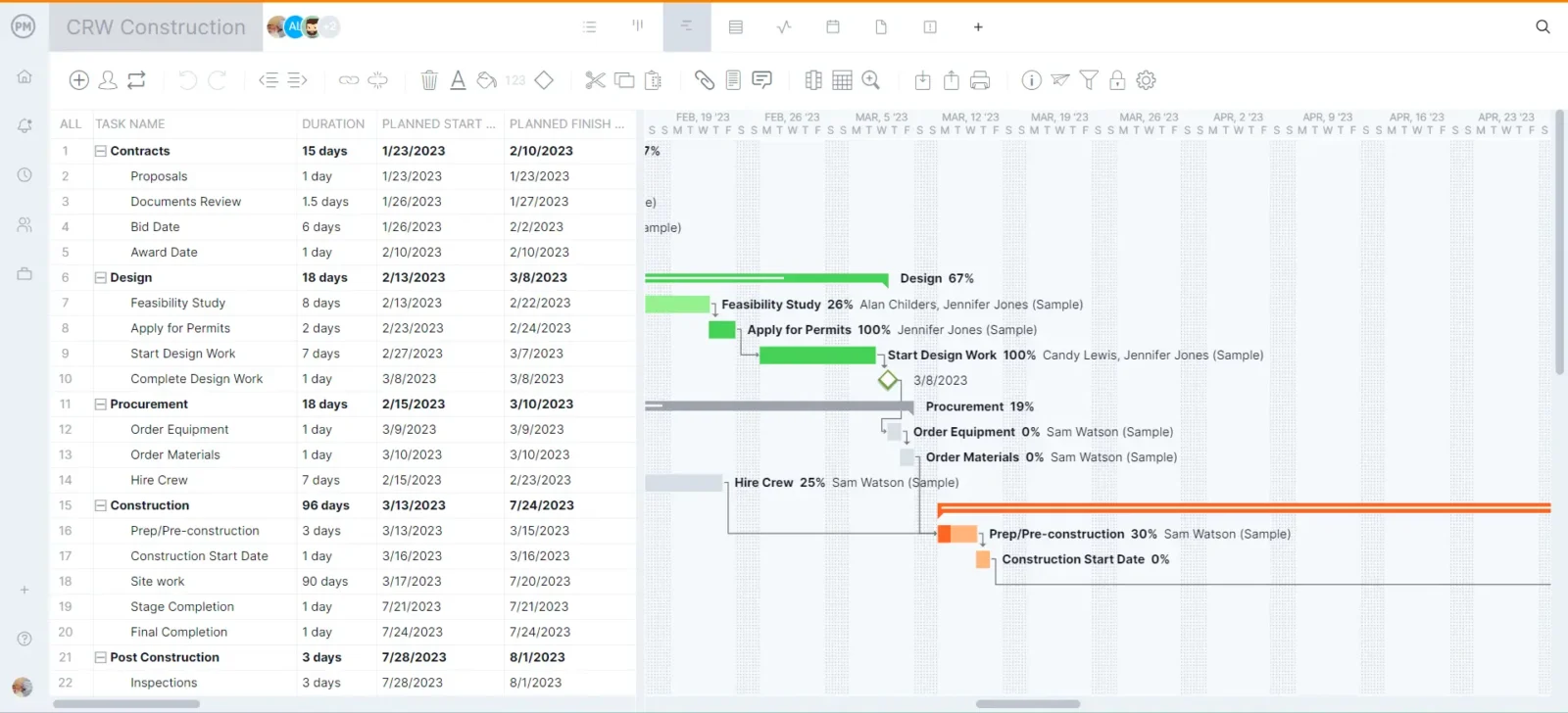
Resource and Team Management
Managing resources can be complicated, but our online resource management software gives you the real-time data you need to make informed decisions. Categorize your teams, supplies and equipment and add hourly rates. When hours are logged, the actual cost is automatically compared to the planned cost.

Timesheets
As your teams log their hours, our time-tracking feature automatically updates when workers finish their tasks, making payroll a breeze. You can also track your team’s progress on the real-time dashboard, which displays key project KPIs in scannable graphs and charts.
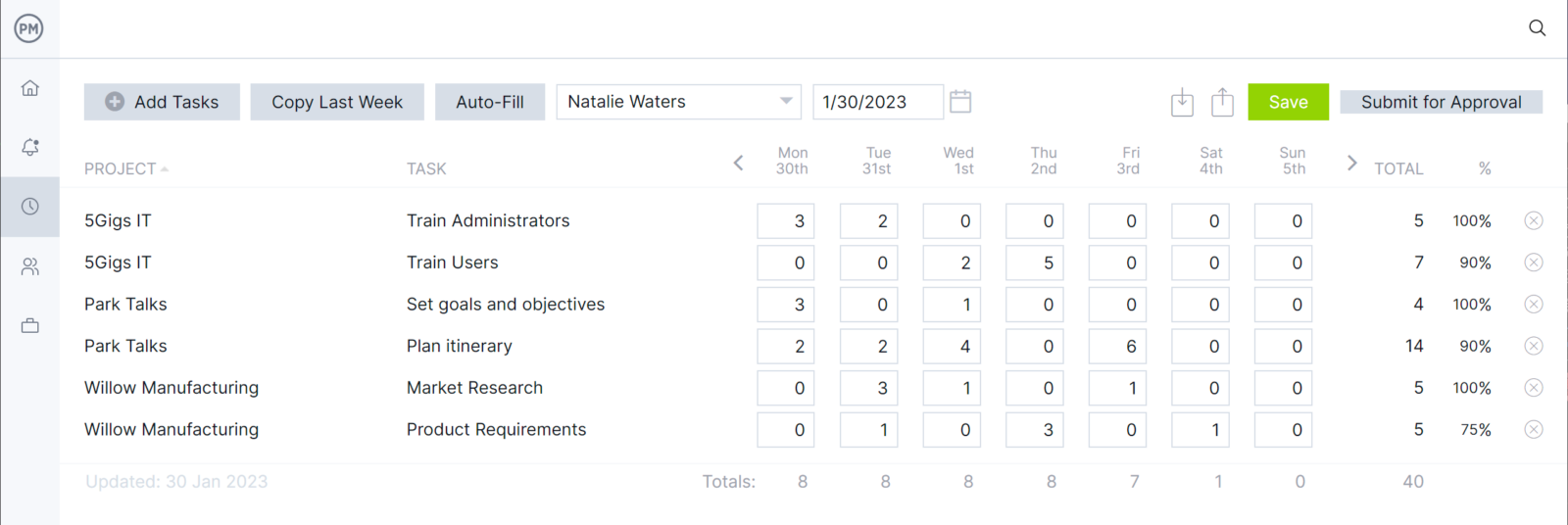
Related Construction Project Management Content
Contracts aren’t the only type of construction document that you’ll need to create during the life cycle of your project. There are many other forms, reports and templates you might need to use to manage all the areas of your project. If you’d like to save some time, you can use our dozens of project management templates, which can help you easily make all your construction project documentation.
- 26 Construction Documents (Templates Included)
- Construction Reporting: Types of Construction Reports
- 11 Free Excel Construction Templates
ProjectManager is construction project management software that has the tools you need to manage your construction project. Our robust features make planning, scheduling and reporting down to the last task more efficient and effective. Plus, the data you get is more accurate because it’s updated as your team works. Try ProjectManager for free with this 30-day trial offer.

